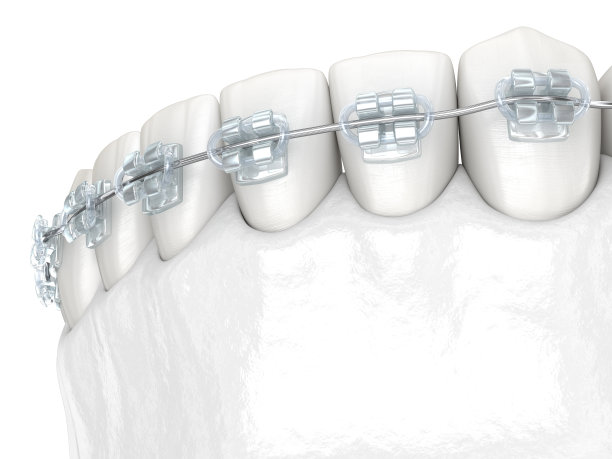Comprehensive Guide to Understanding Dental Implant Treatment Benefits Processes and Long-term Care for Optimal Oral Health
Summary: Dental implant treatment has become an essential solution for individuals facing tooth loss, providing benefits that extend far beyond aesthetics. This comprehensive guide highlights the key advantages of dental implants, the treatment process involved, and the necessary long-term care to ensure optimal oral health. By understanding these aspects, individuals can make informed decisions about their dental health and enjoy the lasting results that dental implants offer. The article emphasizes not only the functional and cosmetic improvements but also the importance of post-treatment care.
1. Key Advantages of Dental Implants

Dental implants offer several significant benefits that make them a preferred choice for tooth replacement. Firstly, they provide a strong and durable foundation for replacement teeth, closely mimicking natural tooth roots. This stability allows individuals to chew food comfortably without the fear of the replacements shifting or becoming dislodged.
Moreover, dental implants contribute to preserving jawbone health. When a tooth is lost, the jawbone can begin to deteriorate due to lack of stimulation. Implants stimulate the bone, which helps maintain its density and structure, preventing further complications down the line.
Additionally, dental implants can significantly improve a person’s self-esteem and confidence. With a natural appearance that integrates seamlessly into one’s smile, individuals often feel more empowered to engage socially and express themselves freely without the embarrassment of missing teeth.
2. The Dental Implant Treatment Process
The dental implant process typically involves several stages, beginning with a thorough consultation and examination by a qualified dental professional. During this initial visit, the dentist assesses the patient’s oral health, takes X-rays, and creates a treatment plan tailored to individual needs.
Once a plan is in place, the next step is the surgical insertion of the implant. This procedure is usually performed under local anesthesia, where titanium posts are securely placed into the jawbone. Following the surgery, a healing period of several months is necessary for the implants to fuse with the bone, a process known as osseointegration.
After healing is complete, the final stage involves attaching the customized crown or prosthetic tooth to the implant. This stage ensures that the new tooth matches the look and feel of existing teeth, allowing for a harmonious and functional smile once again.
3. Long-term Care for Dental Implants
Proper long-term care for dental implants is crucial for their success and longevity. Firstly, maintaining good oral hygiene is essential. This includes regular brushing and flossing to prevent plaque buildup and gum disease, which can compromise the health of both the implants and surrounding teeth.
Routine dental check-ups play a vital role in monitoring the condition of the implants and addressing any issues that may arise over time. During these visits, professionals can perform cleanings and assessments to ensure that everything remains in optimal condition.
Furthermore, adopting healthy lifestyle choices can significantly impact the lifespan of dental implants. Avoiding tobacco products and excessive alcohol consumption can enhance healing and reduce the risk of complications, contributing to a successful long-term outcome.
4. Understanding Potential Risks and Solutions
Although dental implants have a high success rate, it is important to be aware of potential risks and complications. One common concern is implant failure, which can occur due to factors such as infection or insufficient bone density. Pre-surgical evaluations help identify and mitigate these risks effectively.
Additionally, peri-implantitis, an inflammatory condition affecting the gums around the implant, can develop in some patients. This emphasizes the necessity for ongoing oral hygiene practices and regular dental visits, which can help detect and address such issues early on.
In the case that an implant does not integrate properly, alternatives such as bone grafts may be considered to support the implants stability in subsequent attempts. It is essential to work closely with dental healthcare providers to ensure that all potential challenges are handled proactively.
Summary:
In conclusion, dental implant treatment presents a multitude of benefits including improved function, aesthetics, and overall oral health. Understanding the treatment process and the importance of long-term care can empower individuals to make informed decisions in their dental journeys. With proper care and attention, dental implants can enhance quality of life for many years.
This article is compiled by Vickong Dental and the content is for reference only.



